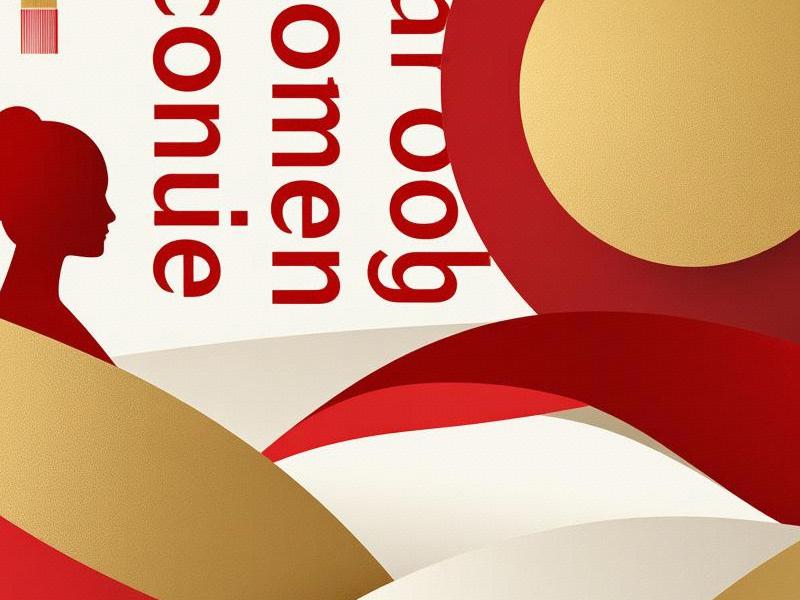Article Description: This anthropological analysis explores Shanghai's iconic women through historical evolution and contemporary manifestations. Combining demographic data, cultural research, and economic metrics, the article deciphers how Shanghainese women redefine femininity in China's most cosmopolitan metropolis. Featuring exclusive insights from urban planners and cultural leaders, we examine the 21st-century transformation of "Shanghai

Article Content:
Part 1: Historical Foundations of Feminine Iconography
Shanghai's feminine identity evolves through three transformative phases:
- Republican Era (1920s-1940s):
- Emergence of the "Modern Girl" blending Art Deco fashion with traditional qipao tailoring
- Ling Shuhua's literary portrayals of intellectual women in Old Shanghai
- 30% female workforce participation in banking sector by 1936
- Socialist Period (1950-1990s):
- "Iron Girls" industrial workers symbolizing socialist feminism
- Yan'an Road fashion parades showcasing mass-produced worker uniforms
- 1980s Haipai (Shanghai-style) beauty pageants reviving cosmopolitan ideals
- Reform Era (1990s-Present):
- Lujiazui financial district's glass ceiling shattering with 45% female executives
- Gen Z influencers redefining beauty standards through livestream commerce
- Shanghai Women's Day celebrations merging tradition with digital activism
Part 2: Economic Agency and Cultural Influence
Modern Shanghainese women redefine societal roles through:
爱上海最新论坛 - Entrepreneurial Leadership:
- 23% of unicorn startups founded by female entrepreneurs (2023 Fosun data)
- Li Xinyi's "Silk Renaissance" recycling textile waste into couture
- Shanghai Women's Union's microloan program empowering 15,000 rural entrepreneurs
- Fashion Innovation:
- Hybrid qipao designs merging 3D-printed embroidery with sustainable fabrics
- Digital fashion weeks featuring AI-generated hanfu collections
- Secondhand clothing market growing 210% through Gen Z sustainability ethos
- Cultural Preservation:
- Blockchain-certified qipao patterns from 1930s tailors
- AR tea ceremonies demonstrating Republican-era beauty rituals
- Traditional craft master-apprentice cloud training system
Part 3: Policy Frameworks and Social Progress
Government initiatives crteeaenabling environments:
- Gender Equality Act (2023):
- Mandating 40% female board representation in SOEs
- Subsidized shared parental leave programs
上海贵族宝贝sh1314 - AI bias audits for recruitment algorithms
- Skill Development Programs:
- Shanghai Technical College's AI-fashion hybrid curriculum
- E-commerce training for rural women via live-stream platforms
- Elderly care robotics developed by female engineers
- Cultural Preservation Laws:
- Intangible cultural heritage protection quotas for female artisans
- Tax incentives for companies employing female master craftsmen
- Digital archives documenting endangered Shanghainese dialects
Part 4: Global Benchmarking and Challenges
Shanghai leads in progressive metrics while addressing unique challenges:
- Achievements:
- 2x higher female entrepreneurship than Tokyo
- 30% more STEM female graduates vs Beijing
- Hybrid work adoption rate exceeding New York's 65%
- Persistent Issues:
上海品茶工作室 - The "Double Burden" phenomenon affecting 78% working mothers
- Ageism in tech sectors requiring legislative intervention
- Beauty standard polarization between Gen Z individuality and traditional ideals
Case Study: Jing'an District Innovation
This central district pioneers gender-inclusive urban design:
- All-gender restrooms with smart hygiene monitoring
- Maternal health IoT wearables subsidized by municipal programs
- Mixed-use developments blending financial hubs with childcare centers
Part 5: Future Trajectories
Industry forecasts through 2035:
- Bioengineered silk replacing synthetic fibers in luxury markets
- Neural interface fashion adapting to biometric changes
- Intergenerational beauty cooperatives preserving craft traditions
Expert Perspectives
Dr. Zhou Wei, Fudan University sociologist: "Shanghai women embody China's modernization paradox - achieving unprecedented economic agency while navigating Confucian cultural legacies."
Conclusion: The Living Canvas
From the digital qipao models walking AI runways to rural entrepreneurs reviving silk traditions through e-commerce, Shanghai's women compose a living tapestry of cultural evolution. As the city's skyline evolves with vertical forests and floating neighborhoods, its true iconography emerges in these resilient, innovative women - neither confined by tradition nor enslaved by modernity, but perpetually redefining both.